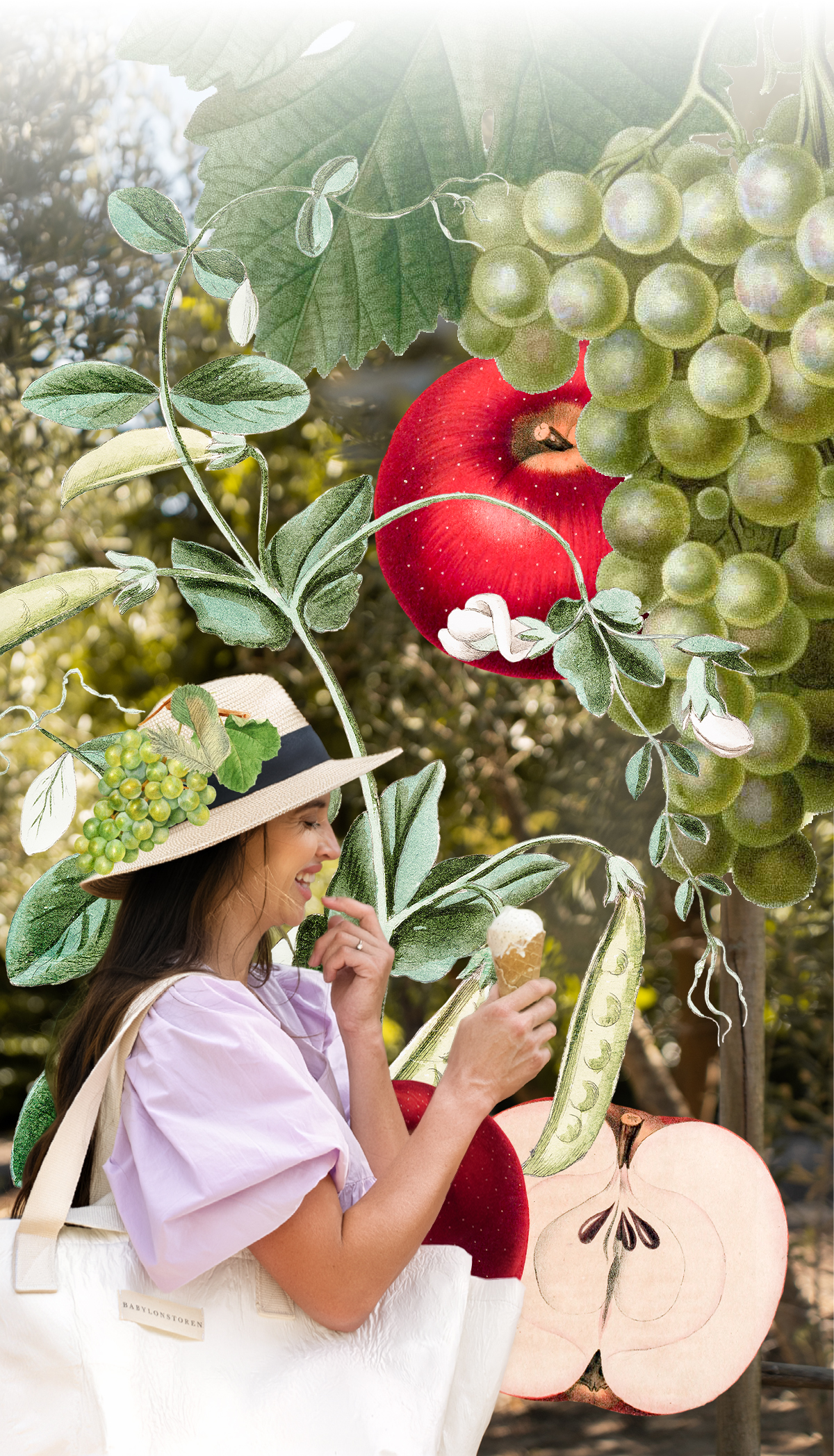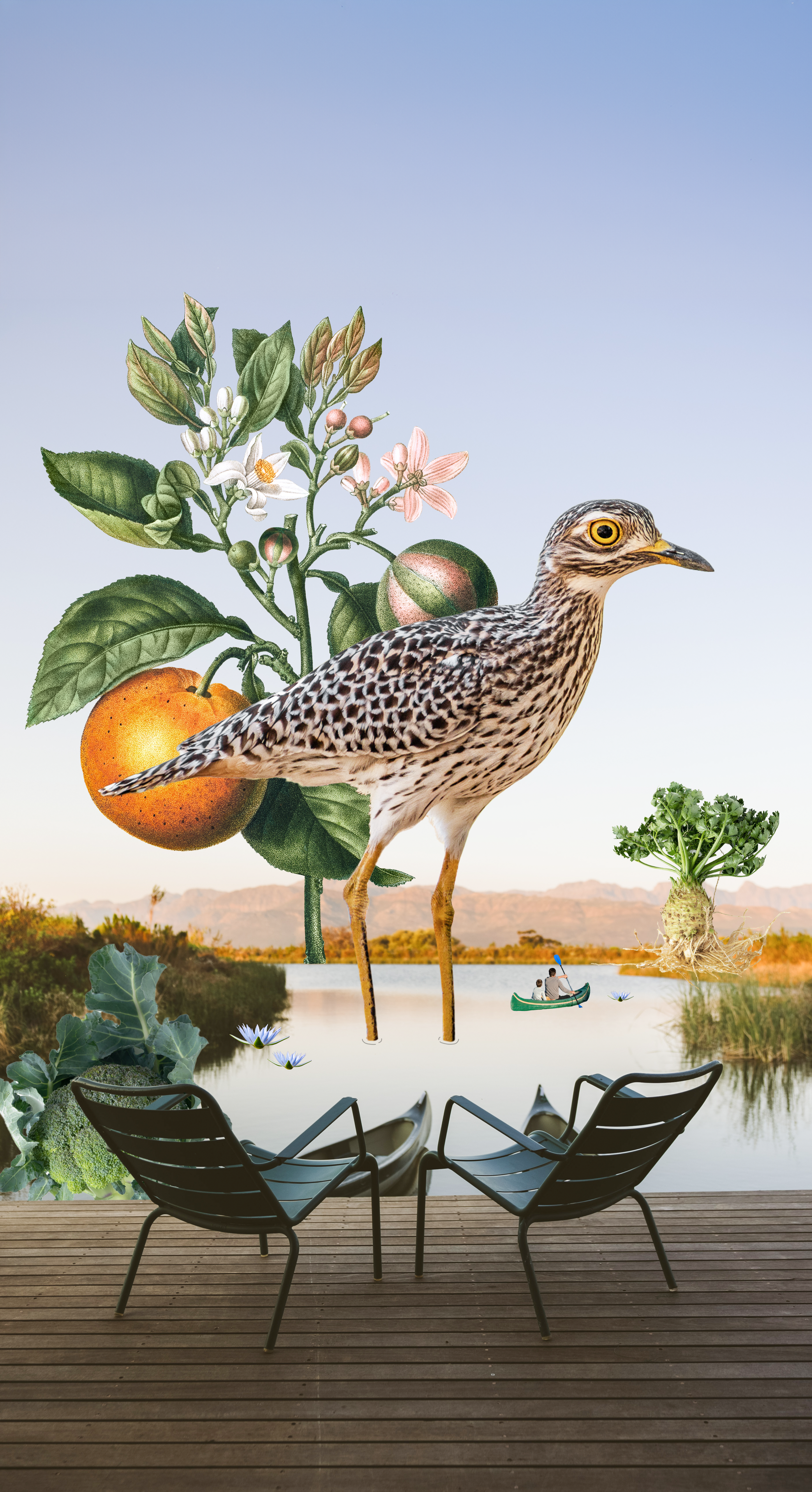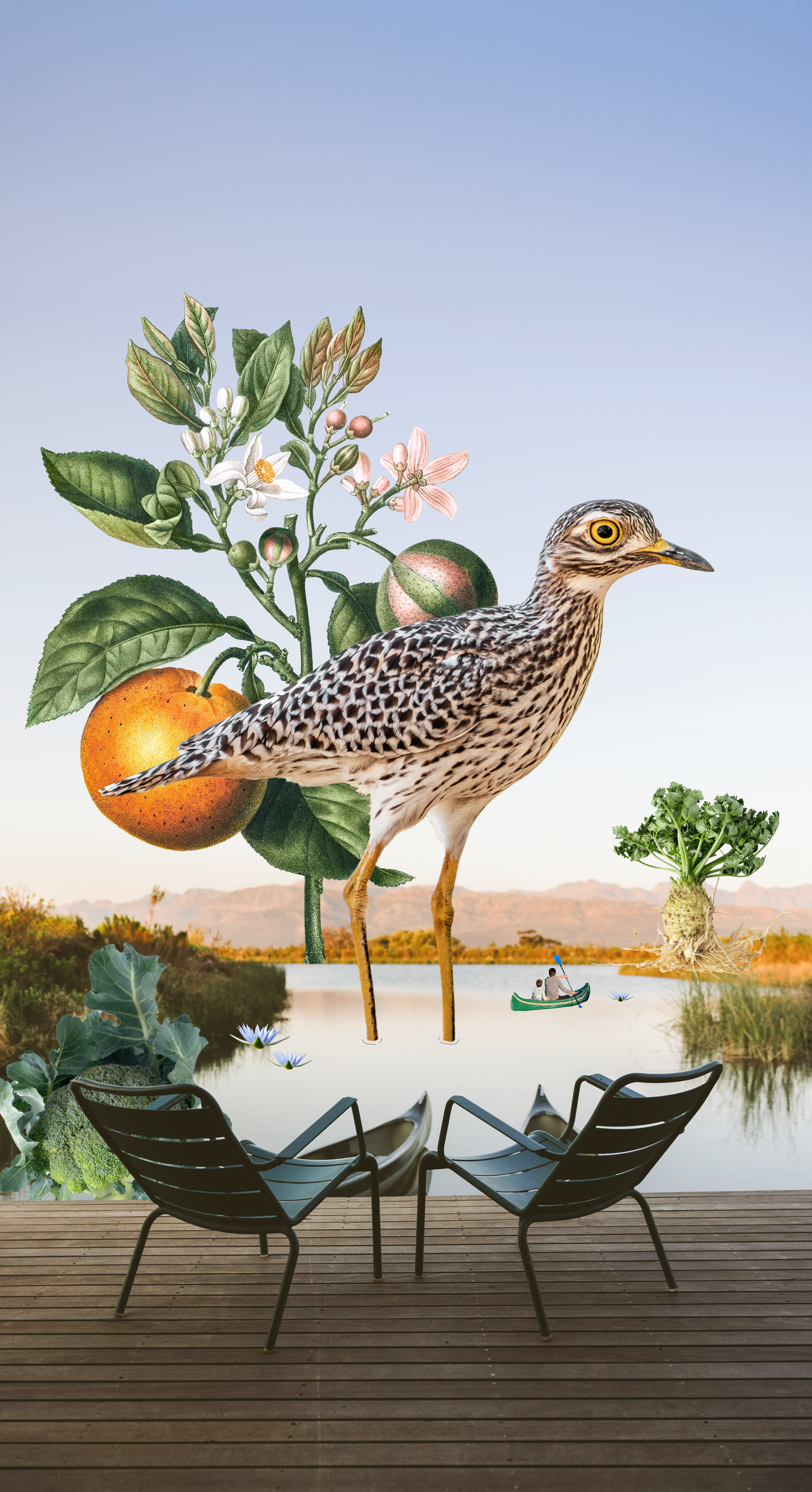We Dig the No-Dig Method
April 2nd, 2015We are trialling the no-dig method in our garden’s veggie block. It all started with a visit from organic veggie producer, Tia Cusden, who grows a variety of delicious salad leaves in Somerset, England.
Tia explains: “Although it might seem counterintuitive to many gardeners, not digging echoes nature, where the soil structure is left undisturbed. New organic matter, like fallen leaves and dead plants, is left on the surface of the soil – this is then pulled down into the soil by earthworms, aerating as they go.
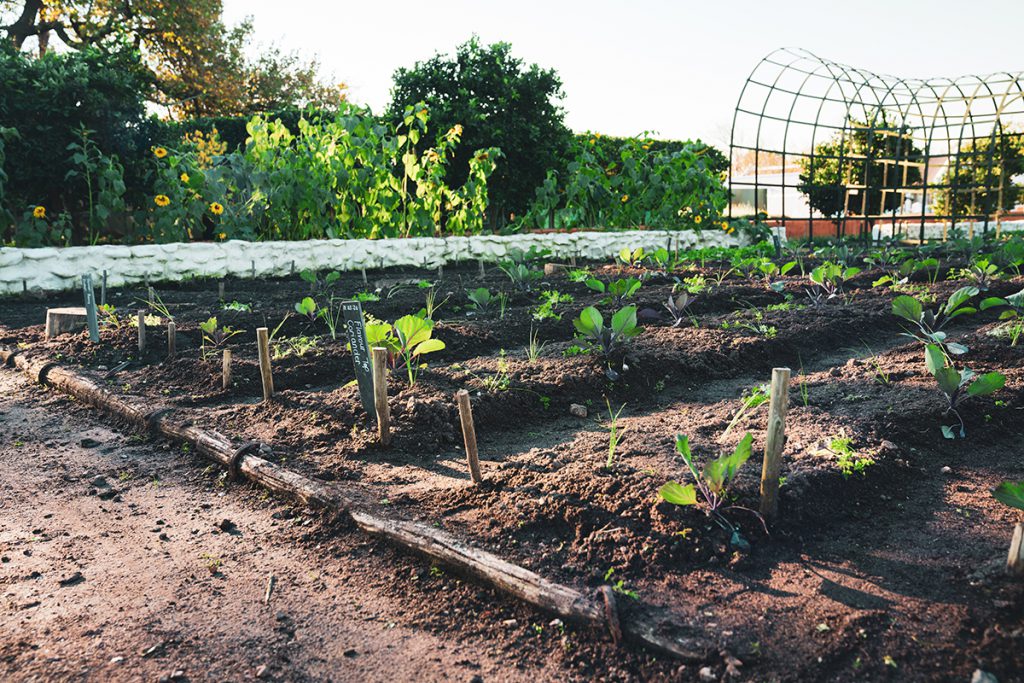
There’s science behind this madness, as the most microbial activity takes place in the top layer of soil, where a delicate network of mycorrhizae conveys nutrients to plants over considerable distances. To interfere in this process with man-made spades and ploughs knock the wellbeing of the soil, which then needs time to recover its balance”.
Provided that you start with clean soil, the advantages of using a no-dig method includes less weeding, less maintenance and better water retention.
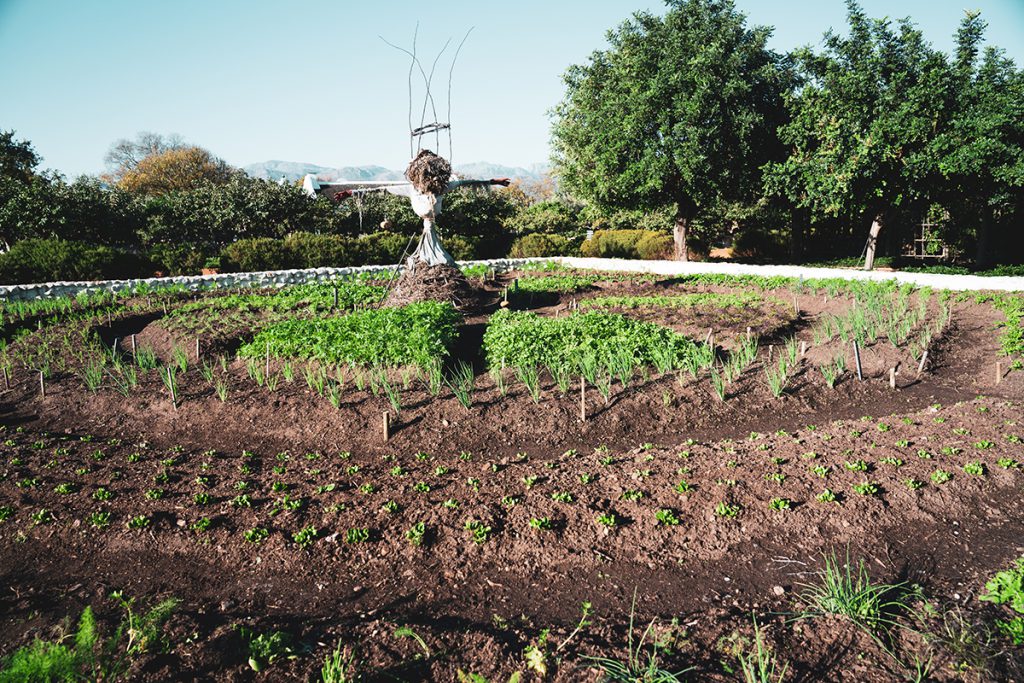
How to start a no-dig vegetable garden:
- To get rid of as many weed seeds possible, we removed the top layer of soil (about 15cm) from our old vegetable bed.
- The bed was then dug over only once, to create good drainage. This step is only required if the soil structure is poor, or if the soil has been compacted by machinery, as was the case with ours.
- A plan of the block was marked out on the ground, dividing the large area into smaller beds, and leaving footpaths of about 50cm wide for access. The beds are no wider than 120cm, which makes them easy to work without stepping into and in the process compacting the soil.
- The beds were then filled 15-20cm high with a mixture of loamy topsoil and well-matured compost, creating raised beds.
- Summer plantings followed with different combinations to allow future rotation. Our no-dig veggie patch includes these companions: chilli with parsley, eggplant with basil, sunflowers with okra, beetroot with beans, cabbages with leeks, as well as a variety of salad leaves and peanuts. Winter combinations include parsnips with leeks; kale, celery, fennel with calendula flowers; fava beans with turnips and peas with radishes
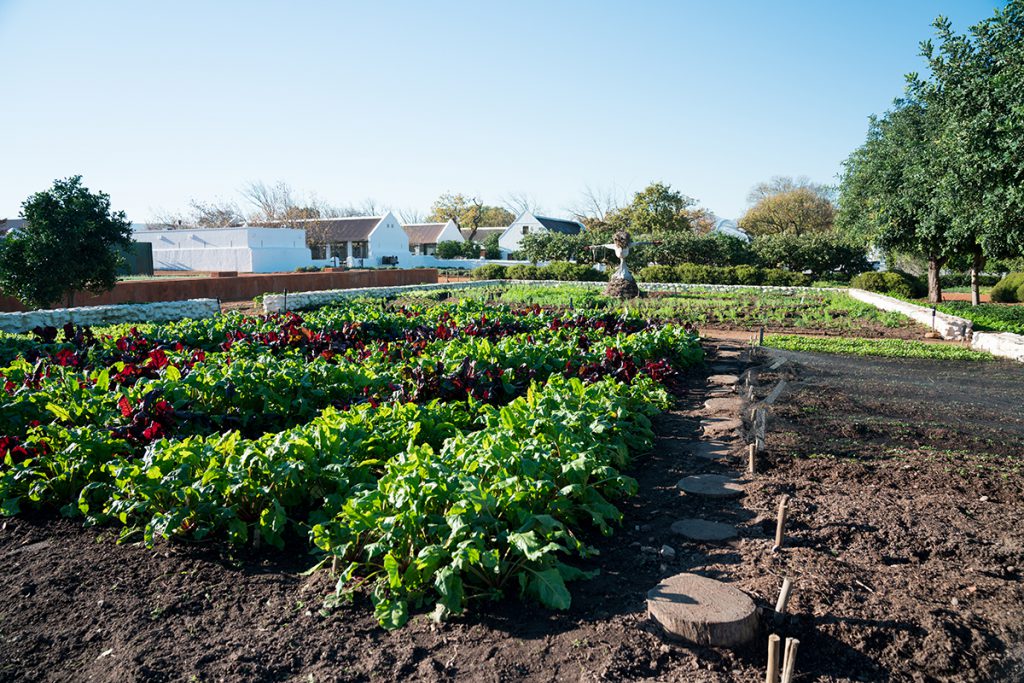
After this initial soil preparation, the no-dig beds will never be dug over again. We’ll simply add organic matter on top of the beds annually, or as required – leaving it to our earthworm friends to do the digging.
